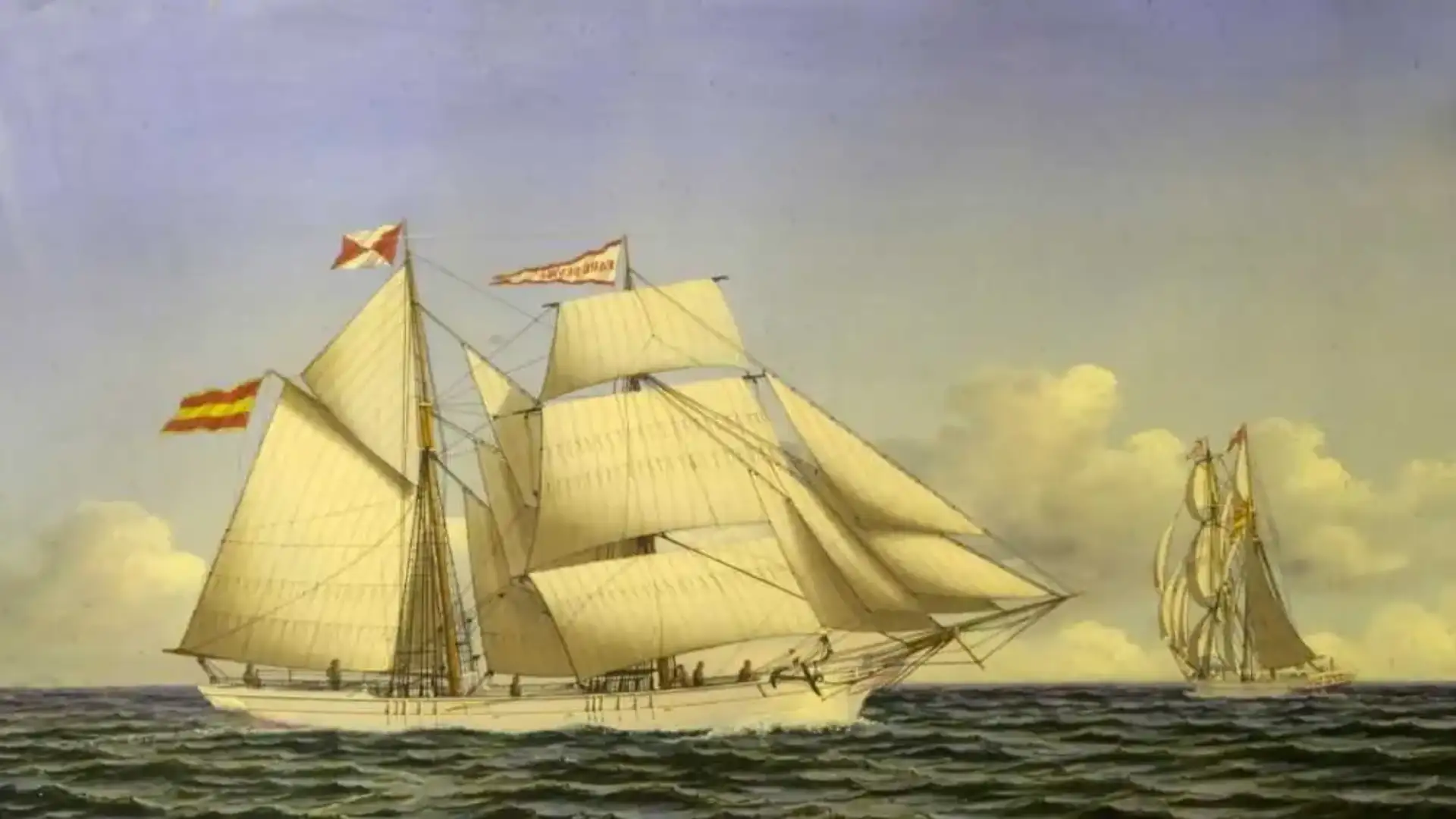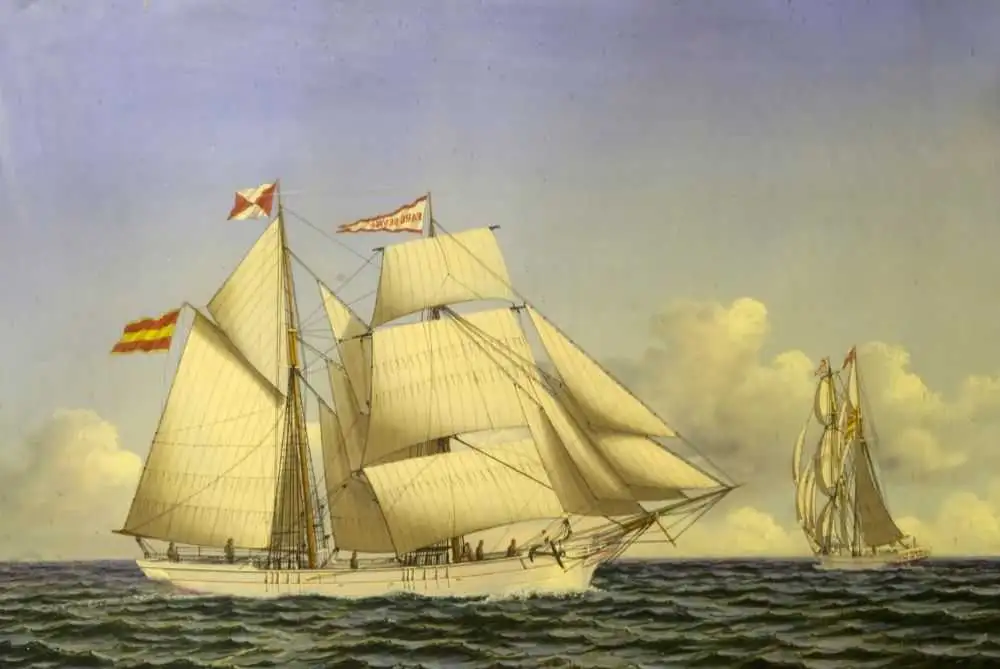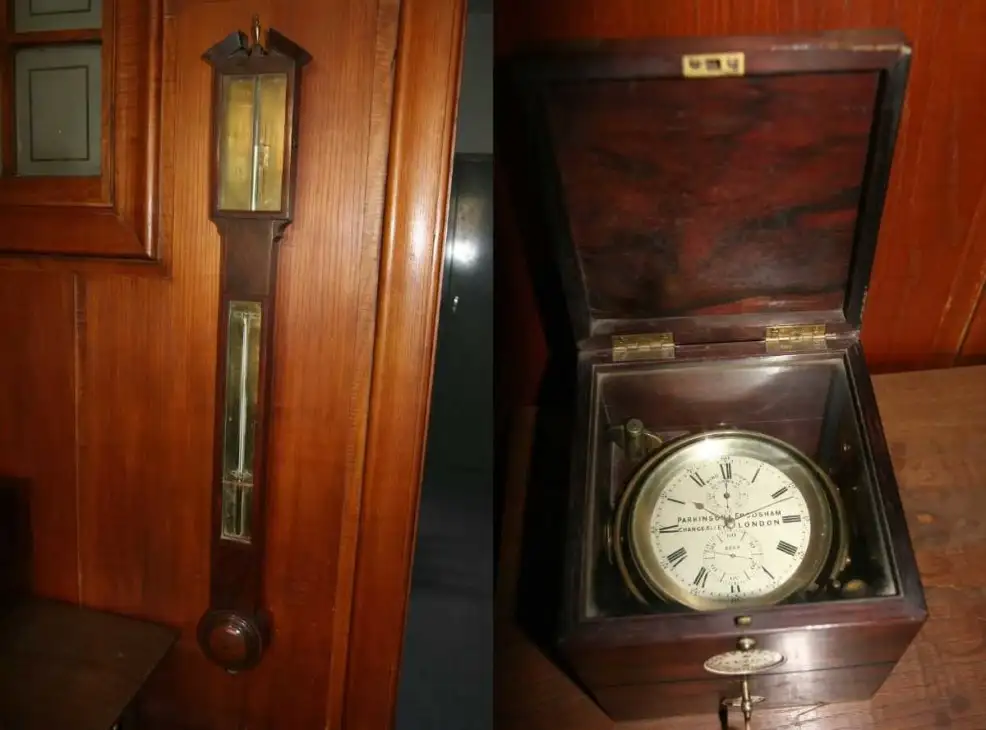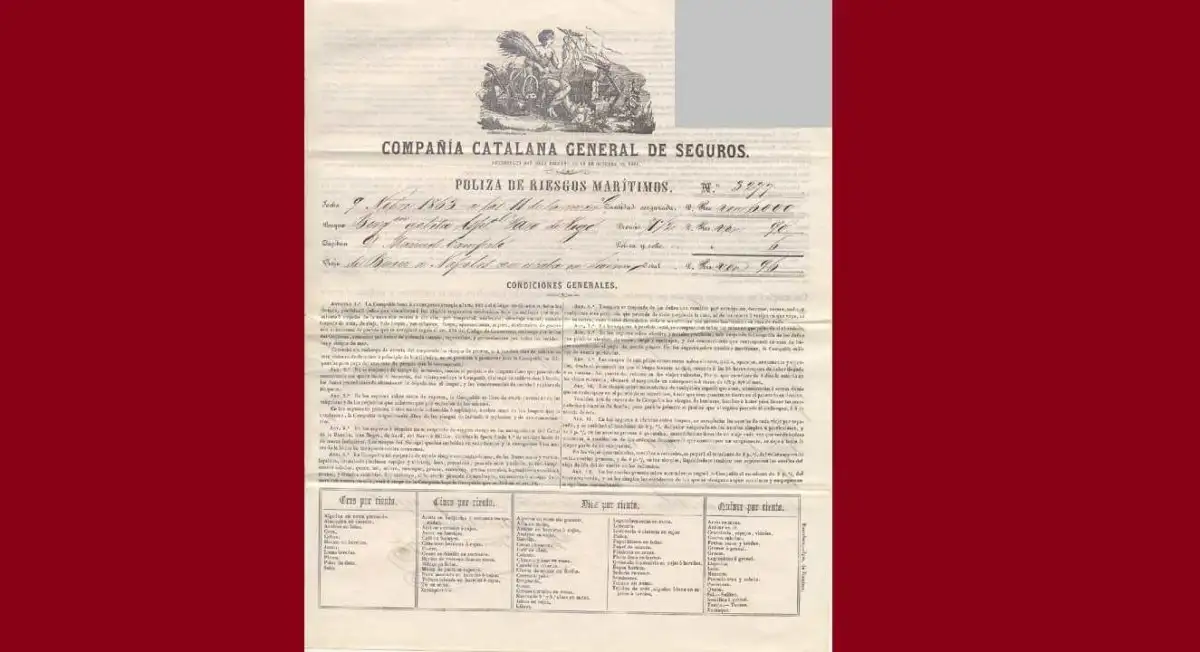
Faro de Vigo, dean of the Spanish press, was a beautiful bergantine-goleta
Faro de Vigo, dean of the Spanish press, was a beautiful bergantine-goleta

It is curious that the dean of the Spanish press, has his name to a Goleta (the original is owned by the Yáñez Family)
Sad day for those of us who love the sea... for those who are in love with our country with their extraordinary differences... sad day, because yesterday afternoon we echoed the death of one of the most versatile, most professional journalists, endowed with a great humanism... that landed from their Asturias of the soul in the Rías Baixas of Galicia, in the year 86 of last century... when Editorial Prensa Ibérica acquired the publishing company of Faro de Vigo: we spoke of Ceferino de Blas.
His loss is very high for the Editor Group, as a trusted man of that great communication entrepreneur, who is Francisco Javier Moll de Miguel. Ceferino arrived in Vigo, but practically in a break he became one of the most valuable professionals in the vibrant city... in one more vineyard... in fact he was the Official Chronist of the City.
The people of the sea, the sails of the candle were very lucky that he was the one appointed by his company to take over the command of the dean of the Spanish press, of Faro de Vigo. And I say the thing about luck, because thanks to Ceferino and his great vision... the candle and other nautical sports remained a spoiled child of the house... in the pujanza of these our sports, Faro de Vigo has been and is an essential engine... to the extent that Spanish geography, this support is always set as an example by others.
A clear example was the support that the Asturian journalist, at the beginning of this century, gave Caixanova Week (now Abanca Week) a huge support, which led it to be named to the most important multinational event in the country.
In the week, Faro de Vigo was present with the patronage of his Cultural Cycle, which began with that round table of the Rosalía de Castro Vigués, in which they shared microphones under the direction of the editor-in-chief of Faro Juan Carlos Recondo... nothing less than Cholo Armajo and Francisco Quiroga (ex de la Gallega) with which he was its new president and would end up being the top representative of the Spanish candle: José Angel Rodríguez... and had its highest point with an unforgettable exhibition: Galegos e Catalans, who narrated the arrival of tens of Galicia in the 19th and the 18th centuries. The cultural event that was part of Caixanova Week... reached about 40,000 visitors.
Today as it cannot be otherwise Nautical Digital, he wants to join in the unbeatable memory of Ceferino de Blas, republishing in our media the report... that Faro de Vigo was first gulet that weekly in the middle of the 19th century, which caused in Ceferino on his day great surprise and joy, that the origin of his Faro de Vigo, was so peculiar and sailor.
So long, dear friend.
Manuel Pedro Seoane, Digital Nautical Editor
Angel de Lema y Marina had its print on the street of the Oliva, at the socaire of the Concathedral of Vigo, popularly known as "La Collegiata..." when on November 3, 1853, he saw the light the first example, of the today dean of the Spanish press... "Faro de Vigo."
At birth, Lema was accompanied by key characters from the 19th century Viguese history, such as naval agent Francisco Yáñez... one of the most active businessmen of that Vigo, whose Chamber of Commerce told Francisco Tapas Ferrer of his own as president, as well as Carlos San Martín, Francisco Núñez, Pedro Martí Sitja, Mariano Pérez, Juan Carsi and Francisco Curbera, who was the secretary.

Weather station and log clock of the "bergantino-goleta" Faro de Vigo (Yáñez Family Collection)
To all who joined them was their business quality (several of them owned renowned preserved factories), and the concern that the iron road, the railway, would reach Vigo as the end of line with the capital of Spain.
In that convulse Spain, in which Vigo had twice been the capital of the province... the struggle with Pontevedra, to which the Vigo accused her of having "forcibly taken away capital," was more than just a provincial rivalry... for a few years before only, troops based in Vigo had taken Pontevedra militarily.
Therefore the birth of Faro de Vigo was more than important to the City... and before the light was seen, Lema and Yáñez were concerned about baptizing him... "El Ferrocarril" was one of the names proposed... it fell because there was already another one with this name in Tarragona... "Diario de Vigo," "El Correo de Vigo..." until Francisco Yáñez (the manager and ex-comodoro of Mount Real Club de Yates de Baiona Nano Yáñez is his direct descendant) told Angel de Lema... why don't we give him the name of our Goleta... "Vigo's Lighthouse..." and said and done.

Faro de Vigo, dean of the Spanish press
Faro de Vigo was first printed on 3 November 1853 in the typographic workshop of its founder, Ángel de Lema y Marina, on Calle de la Oliva, in Vigo, with the idea of defending the general interests of Galicia and, in particular, of its hometown. It is initially published twice a week, going to three as of 1 June 1875 and being of daily character as of 7 July 1879. During its first years of publication, its main task was to exercise as a pressure mechanism in order to mobilize and have the competent authorities act in order to overcome the isolation in the South of Galicia. Finally, this was overcome by the construction of the railway infrastructure and the subsequent opening, in March 1881, of the Vigo-Orense railway. Even so, this would be one of the many campaigns undertaken by this newspaper for the progress and modernization of its territory. In 1986, Faro de Vigo was acquired by Editorial Prensa Iberia, chaired by Francisco Javier Moll de Miguel... a communication group that currently comprises sixteen journalistic headers that are distributed by much of the Spanish territory. In 2003, Faro celebrated his one hundred and fifty anniversary with the assistance of King John Charles I.10 In 2013 it commemorated its 160 years of existence as a - collective achievement. It is considered the dean newspaper of the Spanish press, as it is the oldest Spanish press media that continues to be published today.
Manuel Pedro Seoane Cordal
Editor
© 2024 Nautica Digital Europe - www.nauticadigital.eu











